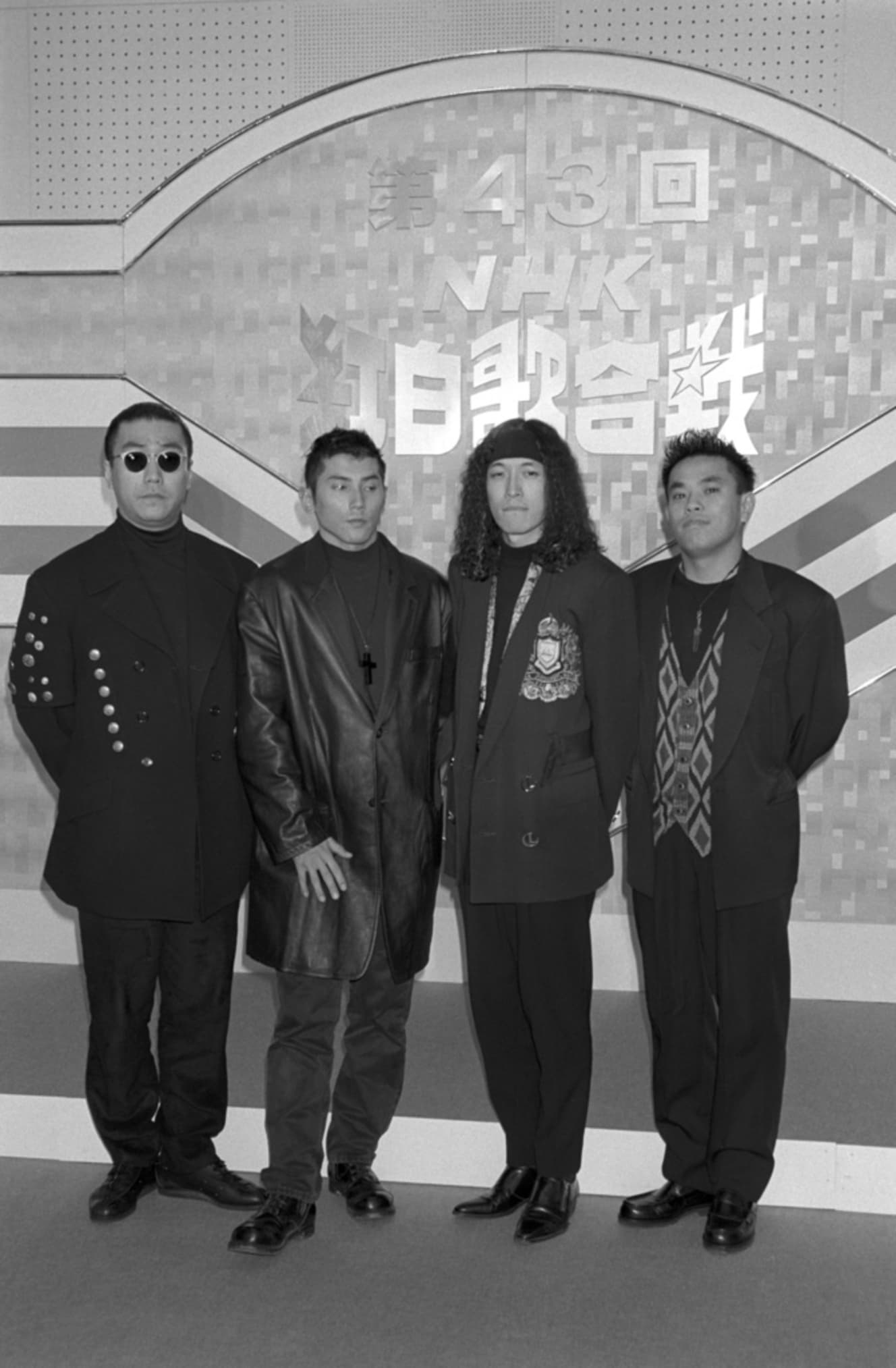Soar! The days of the devilish instructor, the incident with the naked dancer that caused a flood of complaints… “Behind the Scenes of the Kohaku Uta Gassen” [White Group] (in Japanese)
Michito Goda, author and Kohaku doctor, talks about
NHK Kohaku Uta Gassen” happenings collection. Today is the white team. Koji Yoshikawa, who is currently playing the role of a reluctant devil instructor in NHK’s morning drama “Soar! It was 1985 when Koji Kikkawa, who is currently playing the role of a reluctant devil instructor in the NHK morning drama, made his first appearance on the stage as a singer. This is the story of his youthful days.
Happenings of Koji Kikkawa, who played the role of the devilish instructor, during his yan-cha days.
He sang at the top of the lineup, and during the song, he sprayed champagne out of his mouth. He also poured oil on his guitar and set it on fire when he finished singing. Actually, this was not done in the rehearsal, and in the actual performance, the prelude by Naoko Kawai, the second performer of the red group, started at the scheduled song connection

Speaking of the Shibukitai, the controversial explosion incident involving Masahiro Motoki, a.k.a. Mokkun, who made a comeback as a solo performer, took place at the 43rd contest in 1992. He appeared in a costume with nine large rubber balloons filled with white liquid hanging from his neck like a necklace. It looked like a condom, but after singing, one of the balloons burst on her head. In the blink of an eye, her face and body were covered in white liquid, and she was called a “face shower. He later said that it was his own message to eradicate AIDS, which was just beginning to spread. He later said, “It was my own message to eradicate AIDS, which was just beginning to be an epidemic!

… “Wasn’t that real nudity?” … 250 A flood of more than 1,000 complaint calls
DJ OZMA was the subject of the 57th issue (2006), and sang “Age♂Age♂EVERY☆Knight,” a song about a performance at a show pub. The female backing dancers began to take off their costumes during the song. However, they were wearing body suits with nudity on them, in other words, they looked naked. The dancers danced in what appeared to be nudity on TV. Immediately after the broadcast, people started asking, “Isn’t that real nudity?” The response was so overwhelming that (?) the number of complaints was increased to more than 250. The response was so overwhelming that (?) The host of the show, announcer Tamio Miyake, said, “They are not naked, but I am sorry for the misunderstanding. But I apologize for the misunderstanding. The audience laughed and applauded.
This is the origin of Keisuke Kuwata’s “Hitori Kohaku Uta Gassen”!
Speaking of appearing naked, it was the 42nd (1991) Tonneruzu. He was wearing pants, so he was not “ordered” to appear naked, but he was wearing only pants and painted red and white, and sang a song called “Shyness. When he turned around at the end, the words “Let’s pay the subscription fee” were clearly visible on his back.
Southern All Stars on the 33rd (1982) also did “Let’s pay the reception fee” in their song. Keisuke Kuwata appeared in a flashy kimono, imitating Haruo Samba, the “face of Kohaku” at the time, and during the interlude of “Chako no Kaigan Monogatari (Chaco’s Coastal Tale),” he followed Samba’s famous words, “The customer is God,” by saying something about the subscription fee. Haruo Samba made his first appearance in 1958. At that time, most of the “Kohaku” performers appeared on the same program on different broadcasters. One popular star in particular, Frankie Sakai, was known as “Mr. 1958. However, Frankie did not arrive at the show, and Sanba and Ukiko Kagurazaka, who were supposed to sing in the next round according to the script, sang first. Well, no, there are still more happenings, but let’s just say that this is the end of the story.

Text by: Michito Goda
In 1979, while still in high school, Michito Goda made his debut as a singer-songwriter with Watanabe Productions. Since then, in addition to composing and directing music programs, hosting TV shows, and supervising and commentating on CDs, he has also written for newspapers and magazines, composed poetry, and served as a radio DJ, demonstrating his versatility in a variety of fields. His books include "The Mystery of Doyo", "The Mystery of the Shrine", "The Mystery of Showa Songs" (published by Shodensha), and "The Truth about the Monster Program Kohaku Utagassen" (published by Gentosha). The New Year 12 Hour Song Festival," a program of the Japan Singers Association, of which he is president, will be broadcast on BS TV TOKYO on January 3 from 12:00 to 24:00 noon.